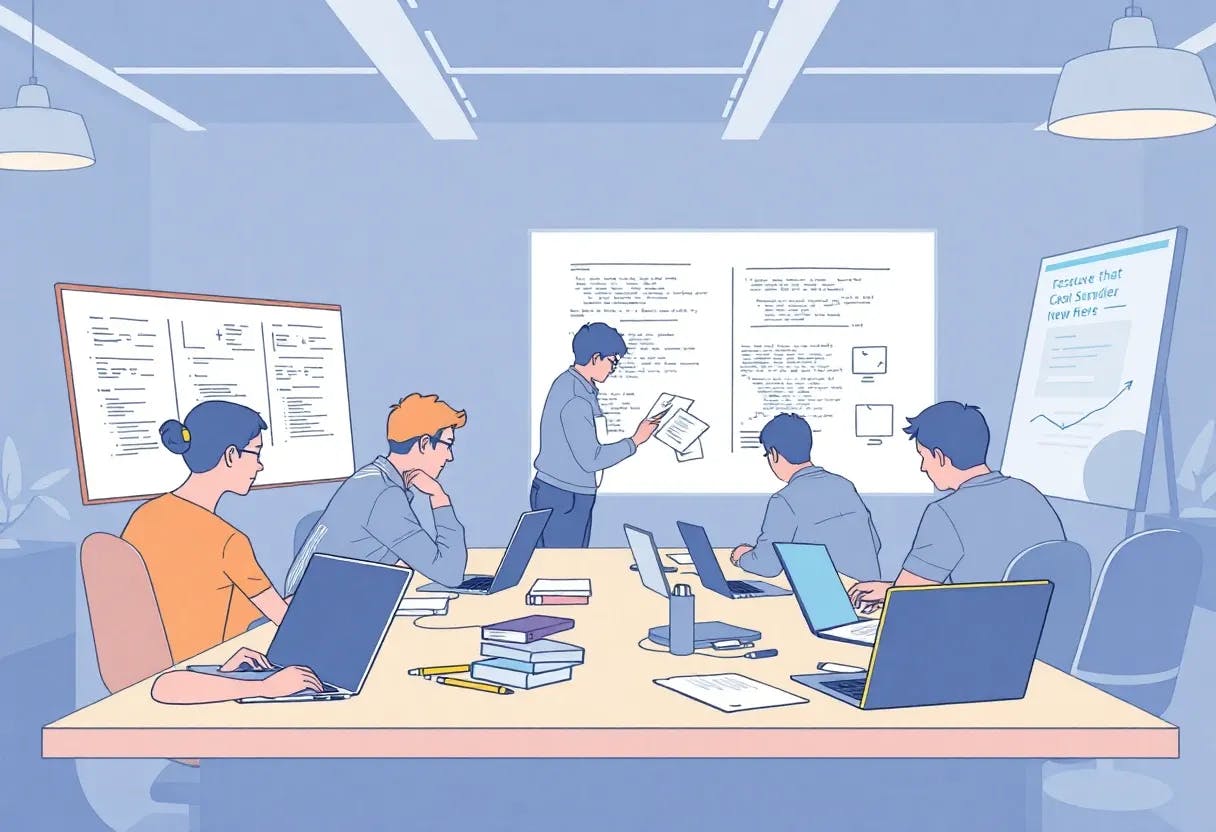Why the next generation of RAG systems isn’t just about retrieval — it’s about reasoning, adaptability, and real-world intelligence.
Introduction: Why “Plain RAG” Is No Longer Enough
Traditional Retrieval-Augmented Generation (RAG) solved one big problem: LLMs know a lot, but only up to their training cutoff. By plugging in a retrieval pipeline, you could feed models fresh documents and get more accurate answers.
But as real-world use cases grew—legal reasoning, biomedical analysis, financial modelling—plain RAG began to crack:
- It struggles with ambiguity.
- It loses context when knowledge spans multiple chunks.
- It can’t reason across documents.
- It can’t adapt to complex tasks or evolving queries.
Enter multi-type RAG—a family of architectures designed to fix these weaknesses. Today, we explore the three most influential ones: GraphRAG, LightRAG, and AgenticRAG.
GraphRAG: RAG With a Brain for Connections
GraphRAG integrates a knowledge graph directly into the retrieval and generation flow. Instead of treating text as isolated chunks, it treats the world as a web of entities and relationships.
Why It Matters
Many questions require multi-hop reasoning:
- “Which treatments link symptom A to condition C?”
- “How does regulation X indirectly impact sector Y?”
- “What theme connects these three research papers?”
Traditional RAG flattens all this into embeddings. GraphRAG preserves structure.
How GraphRAG Works (In Plain English)
- Retrieve candidate documents. Standard vector search pulls the initial context.
- Extract entities and build/expand a graph. Each node = concept, entity, or document snippet. Each edge = semantic relationship inferred from text.
- Run graph-based retrieval. The system “walks” the graph to find related concepts, not just related chunks.
- Feed structured graph context into the LLM.
The result? Answers that understand relationships, not just co-occurrence.
Where GraphRAG Shines
- Biomedical decision support
- Legal clause interpretation
- Multi-document academic synthesis
- Any task needing multi-hop reasoning
LightRAG: RAG Without the Hardware Tax
LightRAG is a leaner, faster, and cheaper alternative to heavyweight graph-based systems like GraphRAG. It keeps the good parts (graph indexing) but removes the expensive parts (full graph regeneration, heavy agent workflows).
Why It Matters
Most businesses don’t have:
- multi-GPU inference clusters
- unlimited API budgets
- the patience to rebuild massive graphs after every data update
LightRAG’s core mission: high-quality retrieval on small hardware.
How LightRAG Works
1. Graph-Based Indexing (But Lighter)
It builds a graph over your corpus—but in an incremental way. Add 100 documents? Only update 100 nodes, not the entire graph.
2. Two-Level Retrieval
- Local search: find fine-grained details
- Global search: find big-picture themes
This dual-layer design massively improves contextual completeness.
3. Feed results into a compact LLM
Optimized for smaller models such as 7B–32B deployments.
Where LightRAG Shines
- On-device AI
- Edge inference
- Real-time chat assistants
- Medium-sized enterprise deployments with limited GPU allocation
Key advantage over GraphRAG
- ~90% fewer API calls
- No need for full graph reconstruction
- Token cost up to 1/6000 of GraphRAG (based on Microsoft benchmarks)
AgenticRAG: RAG That Thinks Before It Retrieves
AgenticRAG is the most ambitious of the three. Instead of a fixed pipeline, it uses autonomous agents that plan, retrieve, evaluate, and retry.
Think of it as RAG with:
- task planning
- iterative refinement
- tool usage
- self-evaluation loops
Why It Matters
Real-world queries rarely fit a single-step workflow.
Example scenarios:
- “Summarize the last 3 fiscal quarters and compare competitive landscape impacts.”
- “Design a migration plan for a multi-cloud payment architecture.”
- “Analyze the latest regulations and produce compliance recommendations.”
These require multiple queries, multiple tools, and multi-step reasoning.
AgenticRAG handles all of this automatically.
How AgenticRAG Works
1. The agent analyzes the query.
If the question is complex, it creates a multi-step plan.
2. It chooses the right retrieval tool.
Could be vector search, graph search, web search, or structured database queries.
3. It retrieves, checks, and iterates.
If the results are incomplete, it revises the strategy.
4. It composes a final answer using refined evidence.
This is the closest we currently have to autonomous reasoning over knowledge.
Where AgenticRAG Shines
- Financial analysis
- Research automation
- Strategic planning
- Customer agents with multi-step workflows
- Any domain requiring dynamic adaptation
Comparison Table
| Feature | GraphRAG | LightRAG | AgenticRAG |
|—-|—-|—-|—-|
| Core Idea | Knowledge graph reasoning | Lightweight graph + dual retrieval | Autonomous planning & iterative retrieval |
| Strength | Multi-hop reasoning | Efficiency & speed | Dynamic adaptability |
| Cost | High | Low | Medium–High |
| Best For | Legal, medical, and scientific tasks | Edge/low-resource deployments | Complex multi-step tasks |
| Updates | Full graph rebuild | Incremental updates | Depends on workflow |
| LLM Size | Bigger is better | Runs well on smaller models | Medium to large |
How to Choose the Right RAG
Choose GraphRAG if you need:
✔ Deep reasoning ✔ Entity-level understanding ✔ Multi-hop knowledge traversal
Choose LightRAG if you need:
✔ Fast inference ✔ Local/edge deployment ✔ Low-cost retrieval
Choose AgenticRAG if you need:
✔ Multi-step planning ✔ Tool orchestration ✔ Dynamic decision making
Final Thoughts
Traditional RAG was a breakthrough, but it wasn’t the end of the story. GraphRAG, LightRAG, and AgenticRAG each push RAG closer toward true knowledge reasoning, scalable real-world deployment, and autonomous intelligence.
The smartest teams today aren’t just asking: “How do we use RAG?”
They’re asking: “Which RAG architecture solves the problem best?”
And now — you know exactly how to answer that.










